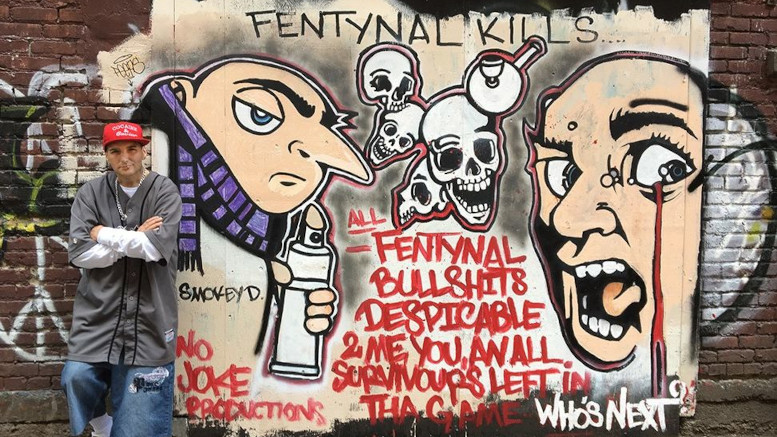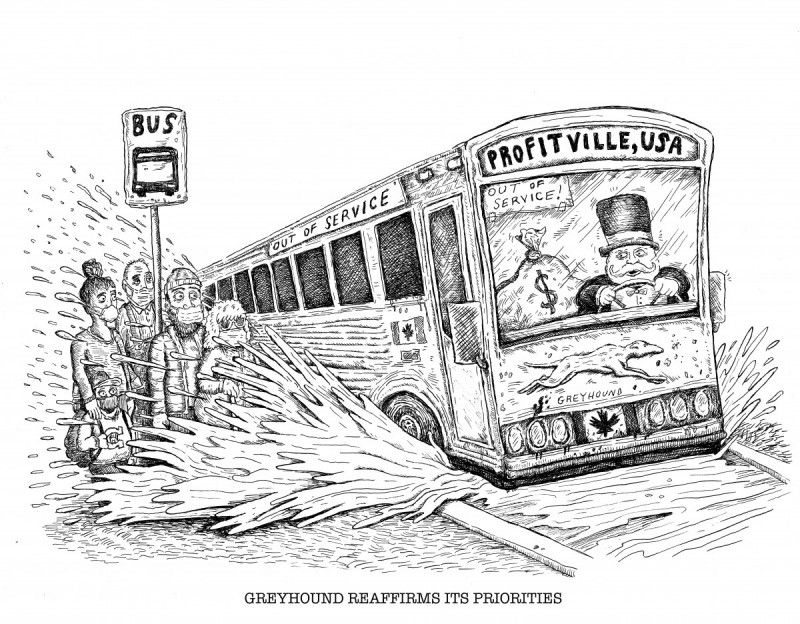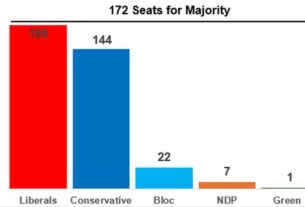After six years of BC’s public health emergency due to poison drugs things are much worse. The health emergency was declared following 474 deaths in 2015, yet in 2021 there were at least 2,232 drug fatalities. In contrast, there were 1,522 COVID deaths for all of 2021. After six years deaths are nearly five times as high. Policies and actions need to change.
A total of 9,400 people have died from drug poisoning since the emergency was declared. These are people that could and should be alive. The barrier to action is prejudice. A safe supply of clean drugs would eliminate most deaths, but governments refuse to act. This is a product of the decade’s long failure of the so-called “War on Drugs.” It is really a war on people.
BC’s Coroner Service convened a panel to review policy so far. The panel’s chair, Michael Eglison, stated the province’s “initiatives have not been sufficient to stop the rising death toll. A new approach is required.” The report points out that the current policy of prohibition leads to the “increased numbers of substance-related emergencies and deaths,” due to “increasingly toxic and unpredictable drug supply.” The panel confirmed what people with lived experience have said for years; will the government act now, after six fatal years?
Racism is a factor. BC’s Indigenous people die at 4.8 times the rate of other residents. People do not come forward to seek help, not only because the service isn’t there, but because they fear how they’re going to be treated. Similar trends exist in other Canadian provinces.
COVID made matters worse as people isolated more, so were less likely to get help if they became unconscious. BC’s calamity is the worst in Canada, but everywhere deaths are on the increase. Canada’s overall death rate from opioid toxicity was 7.8 per 100,000 in 2016; by September 2021 it had increased 2.5 times to 19.4.
Drugs Widespread
Most Canadians take some drugs: legal, prescribed and illegal. Some people must have a coffee to start the day or have a couple of evening drinks to relax. People take prescribed drugs to sleep, relieve stress or treat an underlying health issue. Others use drugs that, for various historic reasons, are illegal.
The 1920s alcohol prohibition in the US was a disaster. The fifty-year international “War on Drugs” is an equal disaster. The US has the highest number and highest rate of prison population in the world. Nearly half of the inmates in federal prison are being held on drug charges. The US “War” has cost a trillion US dollars, been used to target the Black population and to feed the fires of racism, and has caused untold suffering. Toxic drug deaths in the US increased 16 percent in 2021: 106,854 lost human lives.
People use illegal drugs for similar reason to legal ones — to relax, relieve pain and stress, and escape from trauma. BC’s health emergency was triggered by rising drug-related deaths, mainly due to fentanyl added to opioids.
People can become ill, unconscious or die due to a drug overdose — taking more of a drug or a stronger dose than their body can tolerate. This can be due to drinking too much alcohol, taking too many prescription drugs at one time, or buying street drugs that are stronger than expected. This is not the cause of most drug deaths in BC today. Now it is because street drugs are contaminated by a cocktail of dangerous and often fatal drugs. The user often has no idea what is in the mix. It can be a gamble with death.
Soaring Deaths
The soaring death rates started with the criminal over-prescribing of opioids. Opioids are a family of drugs, including opium, that have been used for thousands of years. Until after WWI, heroin and laudanum were widely sold without a prescription. Oxycodone was first synthesized in 1916. But from 1996,Purdue Pharma, owned by the Sackler family, saw mega profits in selling its variant OxyContin. Big pharma, ever seeking new profits, launched an advertising blitz to health care professionals that produced an explosion of prescriptions, profits and drug users. From 1996 to 2002, Purdue more than doubled its sales force, encouraging doctors to widely prescribe it. The company distributed coupons to doctors to let patients try 30-day free supplies of a highly addictive drug. Purdue knew the drug was addictive and was widely used as a street drug but ignored and hid any evidence. By 2017, the Sacklers, one of the richest families in the US, had acquired $13 billion from the suffering of others.
Eventually, authorities began clamping down on widespread prescribing. However, addicted patients turned to street drugs, with deadly consequences. Suppliers increasingly cut heroin and other opioids with fentanyl, an easily synthesized drug that can be a hundred times stronger than heroin. Soon it expanded into cocaine, methamphetamine and other drugs.
Most of the added drugs are made in laboratories, no need to grow and harvest plants and then process the crop into a drug. This has opened the door to a vast production of a cocktail of drugs.
Now almost all street drugs are at risk of being cut with fentanyl, Carfentanil (100 times stronger than fentanyl), synthetic cannabinoids and benzodiazepines. Naloxone can reverse the effects of fentanyl; it doesn’t work on benzos, which are also more addictive than opioids. In 2012 in BC, fentanyl was only detected in 4 percent of illicit drug deaths, by 2018 it had soared to 86 percent of deaths.
Opponents of safe supply claim that most deaths are among addicts who have chosen to use drugs regularly. This is cruel and untrue; few people choose to rely on drugs. The deaths are in every community in BC, cutting down lives. Many of those killed are casual or occasional users.
As well as the tragedy of death, many others survive an encounter with poisoned drugs but are severely scarred. Manufactured methamphetamine produces schizophrenia, hallucinations and extreme paranoia. This in turn boosts unemployment and homelessness.
More people survive poisoning by a toxic drug, than die, but many survivors suffer long-term consequences: brain damage, liver and kidney failure, and serious infections including inflammation of the heart lining (endocarditis).
The Answer
The answer is straightforward — provide clean safe supply. This would save lives and money, and take huge pressures off paramedics, the ambulance service and hospitals. It would also reduce the space for large drug operators, who only care about making money regardless of harm. Many are criminal but some are legal, like Purdue who peddled OxyContin for years.
Even a partial shift can save lives. In Portugal, illicit drugs were decriminalized in 2001 and now it has one of the lowest rates of illicit drug use in Europe. Death rates are far below the European average, 6 deaths per million among people aged 15-64, compared to the EU average of 23.7 per million in 2019. Scotland’s death rate is 50 times higher than Portugal, 315 deaths per million. Portugal’s rate of imprisonment of drug users also dropped by over half.
In BC, pressure is growing for fundamental policy change. Vancouver Area Network of Drug Users (VANDU) and the Drug User Liberation Front (DULF), with Vancouver Councillor Jean Swanson, are recommending that drugs be decriminalized, so possession for personal use is allowed, and regulated, and made available through Compassion Clubs, which would provide peer support. To build support, VANDU, DULF and Swanson distributed free safe supplies of drugs in 2021. They highlight drawbacks of the medical prescription model, arguing correctly, that drug users have to go to a doctor to get a prescription, which ends up being more bureaucratic than necessary.
It is cruel and inhumane to treat a health and social issue by criminalizing those who suffer. This approach has failed completely in Canada and across the world. The policy of Compassion Clubs offers an alternative that treats humans with dignity. Alongside this Canada needs massive investment in low-cost and good quality public housing and the expansion of compassionate and culturally sensitive mental health support.
Living under the daily struggle of capitalism should not be compounded by being criminalized for using drugs.




